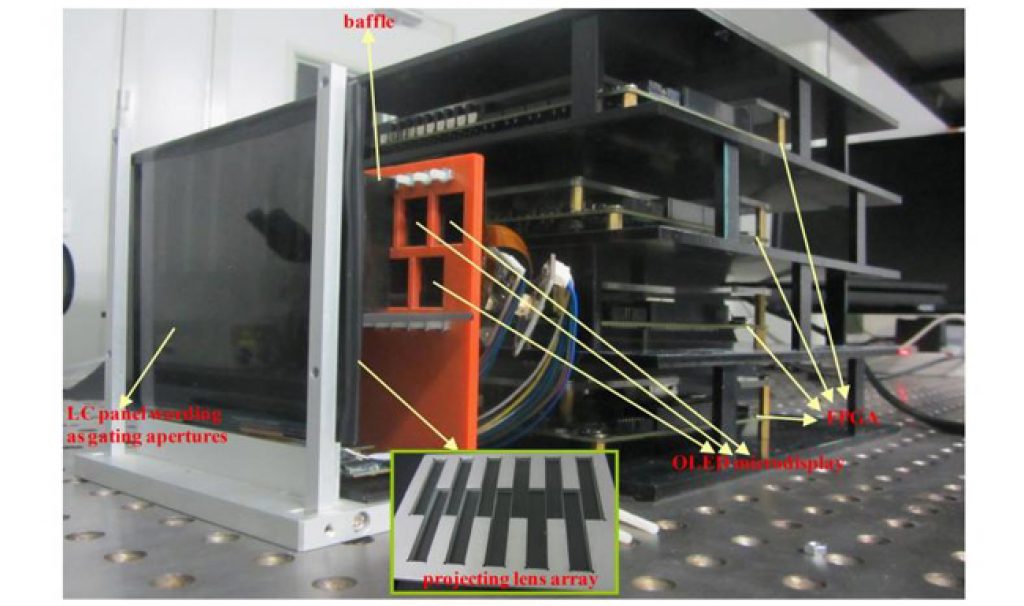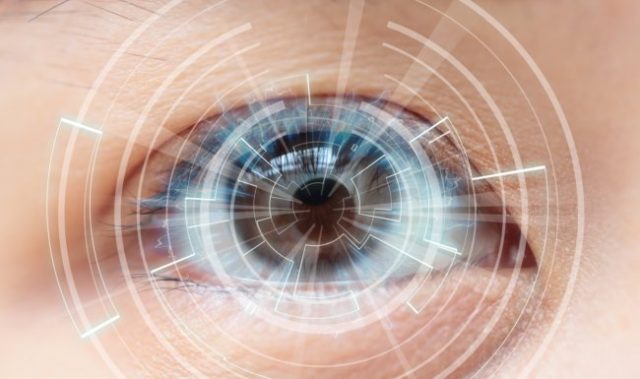
AsianScientist (Mar. 2, 2016) – Researchers in China have developed a new smartphone display with 3D visual effects that are designed to provide a more comfortable viewing experience. They describe their device in a paper in Optics Express.
Imagine watching a 3D movie on your smart phone and suddenly getting a headache or even feeling nauseous. Such viewer discomfort is one of the biggest obstacles preventing widespread application of 3D display technology, especially for portable devices whose slim design poses an extra challenge.
The device in question is based on a super multi-view technique which works to reduce viewer discomfort. It also greatly decreases the required number of microdisplays, which makes a compact design possible.
“There are many causes for 3D-viewing discomfort, but the most substantial one is the ‘vergence-accommodation conflict’,” said Liu Lilin, author and associate professor of the State Key Lab of Optoelectronics Materials and Technology, Sun Yat-Sen University.
This term refers to a mismatch between the point at which the eyes converge on an image and the distance to which they focus when viewing 3D images, Liu explained.
Human eyes are separated by about six centimeters, which means that when we look at an object, the two eyes see slightly different images. Our brain directs both eyes to the same object, and the distance at which the eyes’ sight lines cross is technically called ‘vergence distance.’
Meanwhile, our brain adjusts the focus of the lens within each eye to make the image sharp and clear on the retina. The distance to which the eye is focused is called ‘the accommodative distance.’ Failure to converge leads to double images, while mis-accommodation results in blurry images.
In natural viewing, human’s vergence and accommodation responses are correlated with each other and adjust simultaneously. In other words, vergence and accommodation distance are almost always the same—that’s why we can always see an object clearly and comfortably.
Conventional 3D displays try to mimic the natural viewing by creating images with varying binocular difference, which simulates vergence changes in the natural 3D landscape. But the accommodative distance remains unchanged at the display distance, resulting in the so-called vergence-accomodation conflict that causes viewer discomfort.
The team’s solution is to project numerous 2D perspective views to viewpoints with intervals smaller than the pupil diameter of the eye. This means the device can deliver at least two different views to a single eye pupil.
“Our proposed scheme overcomes vergence-accomodation conflict by delivering more than two views to a single eye pupil, making the eyes focus on the displayed image naturally,” said co-author Assistant Professor Teng Dongdong.
“The prototype in our study is 65 millimeters thin, and the system could become thinner with improvement in structural elements, which provides a demo for comfortable 3D wearable electronics or portable displays.”
To test viewers’ reactions to the prototype system, eight subjects were asked to observe a displayed 3D image of an apple in a lab environment. No headache or discomfort was reported.
Liu said adjustments to the device could make it even thinner, which is a focus of their future work.
The article can be found at: Liu et al. (2016) Super Multi-view Three-dimensional Display Technique for Portable Devices.
———
Source: The Optical Society.
Disclaimer: This article does not necessarily reflect the views of AsianScientist or its staff.












